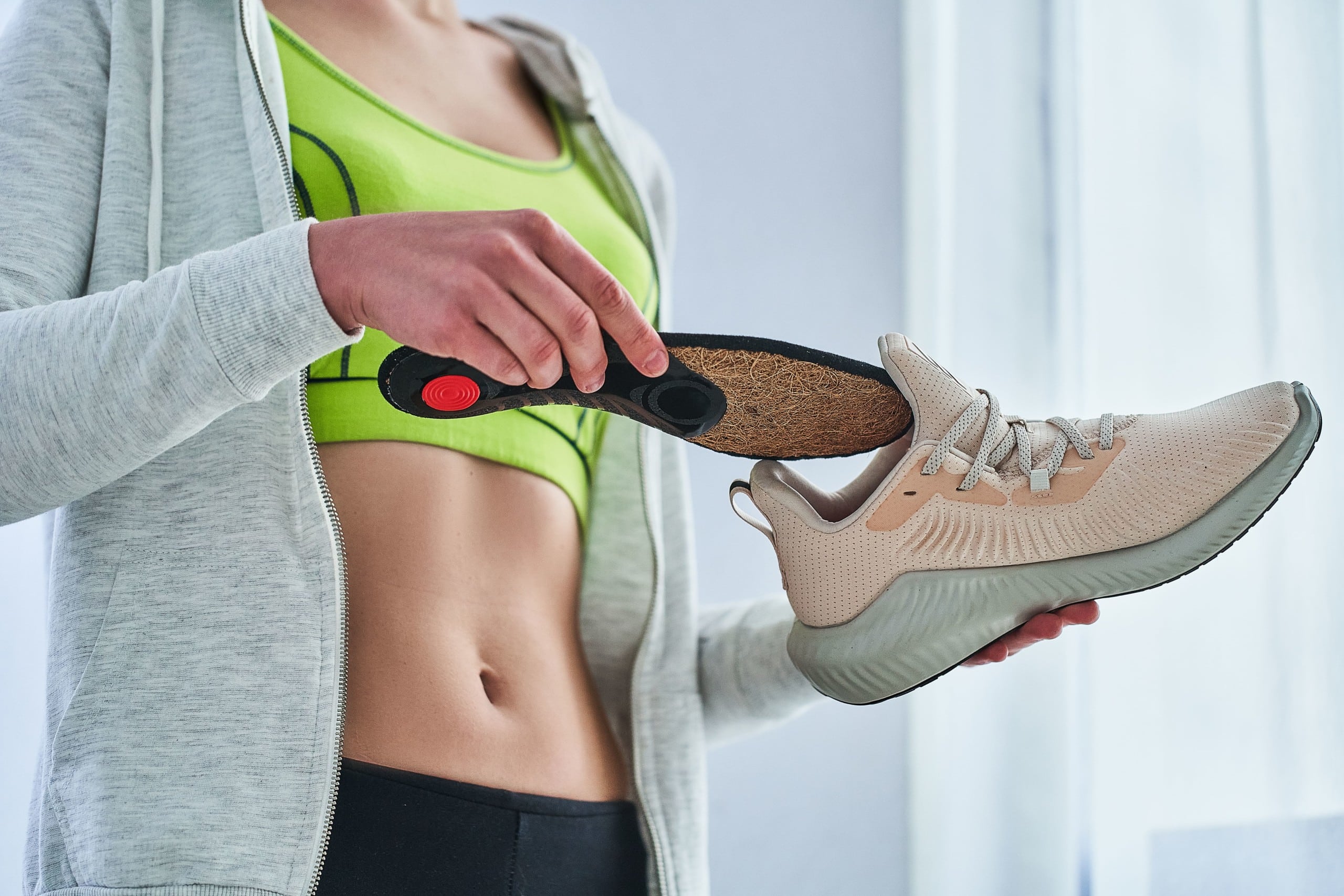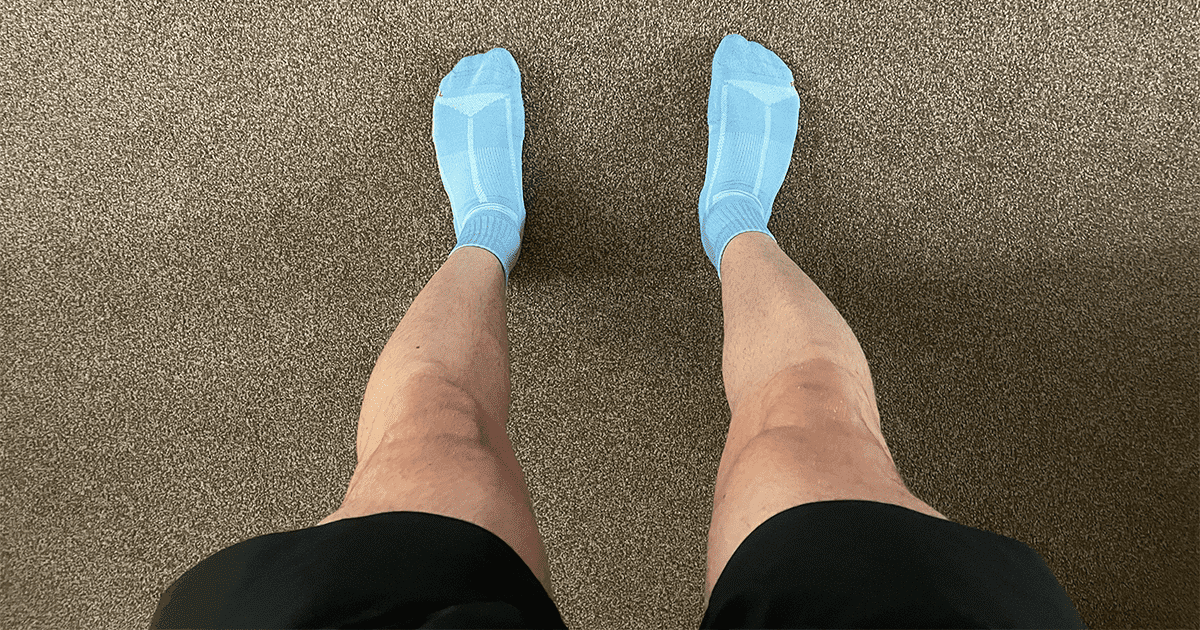What is running cadence, and why does it matter?
Monitoring and improving your running cadence will reduce our risk of injury and improve our running efficiency.

If you’re looking to take your running to the next level monitoring and improving your running cadence is the answer you’ve been looking for. Monitoring and improving your cadence will reduce your risk of injury, improve your running efficiency, and speed up recovery times between runs or workouts.
As a runner were always looking for ways to become better, faster, and stronger. Improving our running cadence has the potential to improve all aspects of our running drastically. Our cadence will naturally improve over time; however, we can increase it ourselves. Here’s everything you need to know about running cadence.
What is running cadence?
Running cadence is often defined as the total number of steps we take per minute while running. Cadence can be easily measured by counting the number of times one foot makes contact with the ground for 60-seconds and multiplying this by two.
What is the best cadence for running?
The recommended running cadence is anywhere between 180-200 steps per minute. It is to be noted, however, that everyone’s running cadence is entirely different. If you’re currently running a cadence of 160 steps per minute, increasing this to a cadence closer to 180 will make you a better runner.
What determines a runner’s cadence?
Each and every runner has their own cadence. While one runner may have a higher cadence than another, this does not go to say that this runner will be faster. This is because another runner may have a slightly longer stride length or slightly better running form, making for a faster and more efficient runner.
Your running cadence will improve naturally over time, along with your stride length. While running to solely improve your running cadence will make you faster, working on all aspects of your running will gradually improve your running cadence over time while making you a much better runner all-round.
How do I measure my running cadence?
Now that we know what running cadence is, how exactly do we measure it? We can either count our running cadence ourselves as mentioned previously or use a running watch that shows a live feed of our running cadence.
For example, the Garmin Forerunner 235 will automatically count our running cadence amongst other metrics. Investing in a running watch is a great way to become a better runner. This allows us to monitor our runs, run to a specific pace instead of feel, and even train by heart rate.
How do I improve my running cadence?
Your cadence will naturally improve over time. However, one way to solely increase our cadence is running with a metronome or song set to 180 beats per minute. Running to the beat of this song will provide us with the desired cadence. Be sure to slowly work up to this to reduce your risk of injury.
Why should I improve my running cadence?
Monitoring and improving your cadence will help avoid overstriding. Overstriding places greater force on our muscles and joints while essentially acting as a brake. This slows us down, preventing us from running faster while also increasing our risk of injury.
Secondly, improving your running cadence and stride length will allow us to become more efficient runners. Thus reducing our risk of injury, improving our running form and efficiency, and ultimately making us better runners.
To finish
Monitoring and being aware of our running cadence will allow us to make slight improvements to our training. Increasing our running cadence overtime will reduce our risk of injury while making us more efficient runners.

Matthew is a lifelong runner, chief tester of all products, the founder of Running101, and freelance content writer for active brands. When he’s not writing, he enjoys lifting weights, cycling in the Lake District, and watching fast cars drive in circles on a Sunday. He also has a BA in sport, exercise and physical activity from the University of Durham.




